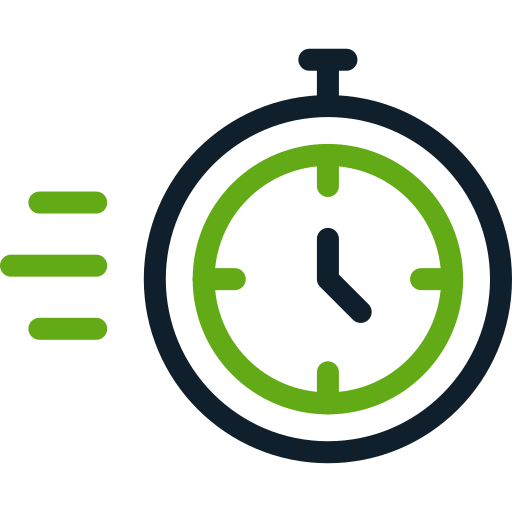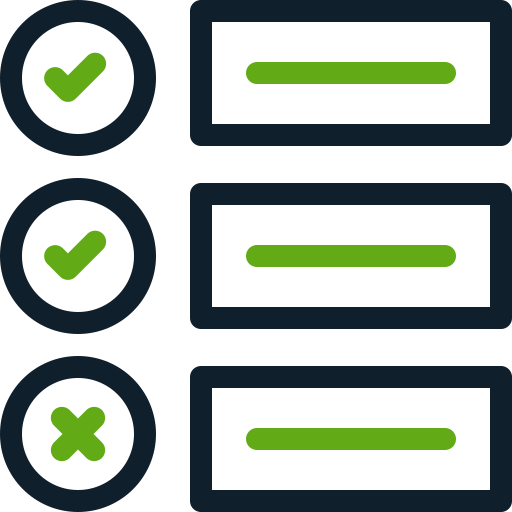Fresh Projects logs scope changes as billable stages and makes time tracking fast enough that your team actually does it. See variations before they become absorbed cost. Get timesheets without chasing people.
Project leaders, operations teams, and directors who need to capture scope changes before they disappear and get timesheets submitted without constant reminders. Works for studios and engineering practices where late visibility kills margin.
The client adds rooms, changes materials, or requests extra drawings, and your team delivers because the system for logging variations feels too formal or too slow.
You find out the project burned through its budget when timesheets finally arrive weeks after the work happened and any chance to course-correct has passed.
Your team finds timesheets tedious and forgets to submit them, so you chase people every week and still make financial decisions using partial information.
Client requests become variation stages in the project. Record what changed, agree the additional fee, and allocate hours. Time and expenses get tagged to the variation. Bill separately or add to the next invoice. Each variation stays visible against the project so nothing gets absorbed quietly.
Log time via calendar view, quick add, or running timer. Takes seconds. Works on web and mobile. Managers approve entries to keep things tidy. Weekly missing-time alerts catch gaps before month-end. Simple enough that people actually do it.
Each project shows hours logged and their actual cost. Compare against budget. Green means healthy margin. Red means you need to act. Catch overruns while you can still adjust scope, resources, or billing.
Time entries link to specific stages and variations. You see exactly which parts of the project consumed hours and whether those hours were within the agreed scope or additional work you can bill.
Project managers approve timesheets before they lock. This catches errors and keeps allocations accurate. Automated alerts flag missing submissions. You get complete data without manual chasing.
Variations flow straight to invoices. Bill them when they happen instead of absorbing the cost. Track which variations got paid and which are outstanding. Protect your margin by making scope changes financially visible.
Variations become project stages with their own fees and time tracking, so scope changes stay billable instead of absorbed.
Time capture happens in seconds via calendar, quick add, or timer, making submission easy enough that people actually do it.
Real-time visibility into hours logged and margin health means you catch overruns while you can still act.
Fresh Projects makes variations visible the moment they happen. When a client requests additional work, you log it as a variation stage with its own fee and hour allocation. Your team tracks time against that variation. You see the extra work accumulating. You bill it properly instead of absorbing it. The system creates a documented trail from client request to time logged to invoice raised, which means scope changes become billable additions instead of silent profit erosion. You catch expansion early and act while you can still protect margin.
Teams use Fresh Projects for time tracking because the friction disappears. Timesheet entry takes seconds. Mobile works for site teams. The system remembers recent projects and tasks, so people click rather than type. When something is genuinely fast and fits how people work, resistance fades. Add manager approvals and missing-time alerts, and you get consistent, complete data without becoming the person who constantly chases timesheets.
Yes. Variations become stages within the project. Your team logs time the same way they log time against original stages. You see hours accumulating on each variation. You see if the variation is profitable or burning more hours than you agreed. You can bill variation time separately or include it in milestone invoices. This direct connection between scope change and time logged is how you prove what the additional work actually cost.
Fresh Projects sends automated alerts when someone forgets to submit time for recent weeks. Managers see who has outstanding entries. You get visibility into gaps before month-end instead of discovering incomplete data after the accounting deadline. The system also lets managers submit time on behalf of team members if necessary, though the goal is to make entry easy enough that people do it themselves. Consistent reminders plus low-friction entry usually solves the late-submission problem.
Every project shows hours and cost logged against the budget, with colour coding for margin health. Green means the project is tracking well. Red means hours are accumulating faster than the fee supports. You see this live as timesheets come in, which gives you early warning. You can drill into stages to see where hours concentrated. You can compare planned versus actual allocation. This real-time visibility replaces month-end reports that arrive too late to act on, giving you the chance to renegotiate scope, bill variations, or adjust resources before overruns become permanent losses.
Watch a 2-minute tour showing variation tracking and time capture built for A&E teams. Or book a 30-minute demo and we'll walk through how to stop scope creep and get timesheets done.











